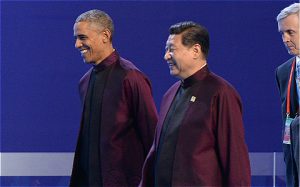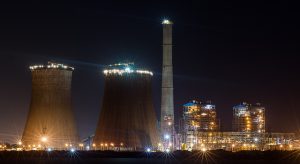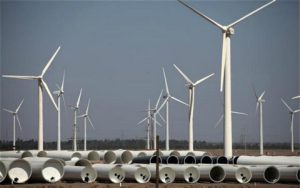The joint China-US statement on climate change is both inspiring and historic. The two parties have sought common ground, set aside their differences and put global interests first – as responsible great powers should.
The agreement will have four major impacts. First, its political importance is no small matter. It has taken into account political realities and possibilities and is acceptable to both parties. Given that, solutions can be sought for all practical issues that subsequently arise.
Second, the US is the world’s largest developed country, and the biggest emitter among those countries. China is the biggest developing emitter. This China-US agreement sets a good example to both developed and developing countries and sets the tone for the 2015 Paris talks. If China-US cooperation boosts multilateral global governance and ensures widespread participation and joint action, it will have a wide-reaching impact on the global low-carbon transition.
Third, the joint statement will invigorate bilateral relations. It points the way to the creation of new economic and trade growth and a new round of prosperity. It’s not just that China and the US need to tackle climate change jointly, China’s restructuring cannot happen without the US, and US restructuring and low-carbon transition cannot happen without China. The two parties need to make their own transitions, and in doing so promote global economic change.
Fourth, when compared with the earlier China-US climate-change consensus, the joint statement opens new fields up to cooperation. There’s a huge China-US trade deficit, and that’s disadvantageous for both countries. New links could now be created. For example, China’s foreign-exchange reserves could be used to purchase clean energy, intellectual property or financial services from the US. Or China could invest in US infrastructure, interstate rail and roads and power plants. This would be a new outlet for Chinese foreign-exchange reserves and investment funds. The two countries can both benefit from the low-carbon agenda.
As for the targets set, the 26-28% cut for the US is quite conservative. America is already on a low-carbon pathway – it has passed peak emissions and has huge potential to accelerate that process. Although the target will face opposition in Congress, the positive role to be played by the private sector, R&D groups and the states should not be ignored.
There are risks associated with China’s target for peak carbon. The country needs to achieve that goal while maintaining economic growth and increasing incomes, not causing a recession. It is possible to reach a peak by 2030, but it will require technology to be in place and systemic solutions to a range of issues: economic restructuring, urbanisation, increasing renewables in the energy mix and so on. The manufacturing market is expected to be saturated by about 2020 and output will naturally peak then, but construction and transportation are still going to consume huge quantities of energy and thus create emissions. This and household consumption present big challenges for China.
The targets announced will not be easily achieved, but both sides must respond to the challenge.







